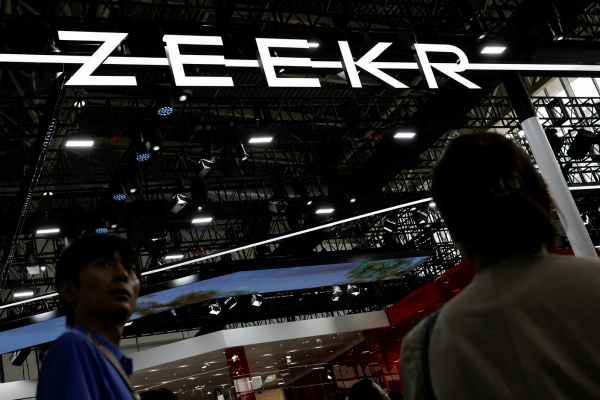The new-age contact centre: a post-COVID workplace fit for a king
Sponsored by Content Guru
Living and working through the first lockdown was a challenge for many – including those toiling in traditional, mill-style contact centres. Fast-forward to spring 2021, though, and conditions in that sector have undergone a quiet revolution. The change has been driven by the need to clear packed buildings of their battery-hen-style seating.
These workplaces are often now unrecognisable from before COVID, with staff emboldened by a new-found sense of their importance to extract concessions from employers. Chief among their demands has been flexibility of location and hours – long seen as a no-go area in this most controlled of environments – as call handlers and webchat responders lay out their post-COVID workers’ paradise.
Alongside emerging employee expectations, consumer habits have also transformed. Businesses need to meet both workers’ and customers’ demands in order to survive and thrive in a time of fickle loyalties and easy switching, where customer experience (CX) has the power to make or break a business.
As vaccination programmes ramp up, and lockdown exit plans take shape, organisations are turning to cutting-edge technology to establish and maintain a competitive advantage.
Distributed working models will be the new norm
As we entered the pandemic, research showed that only 27 per cent of contact centres had systems in place to utilise home-based agents as part of their workforce mix. Meanwhile, 82 per cent of contact centres said they anticipated having some form of remote-workforce model in place by 2029. These long-term plans were brought forward as worldwide lockdowns hit.
Organisations that already had the latest cloud-based contact centre as a service (CCaaS) technology in place were able to shift to homeworking with ease, while the rest scrambled to move to the cloud as quickly as possible. Now, whether out of choice or necessity, businesses and public sector organisations are rolling out cloud technology at record pace, with the benefits of a flexibly located workforce becoming obvious to employers.
Distributed working is also beneficial to employees who have experienced a more flexible working model and may insist upon this option in a post-COVID world. A recent study by Stanford University found that 55 per cent of workers would like a mix of remote- and office-working. With drive from both employees and their employers, then, distributed working models are here to stay.
Employee experience and customer experience: a match made in heaven
If reduced churn and lower staff sickness levels weren’t enough of a reason to invest in the technology to enable flexible working, the impact of improved employee satisfaction on customer engagement will convince any laggards to move to the cloud. Employee and customer experience are intrinsically linked – one drives the other.
Industry analyst Gartner’s big trend prediction for 2021 is the idea of ‘total experience’ – the combination of CX, employee experience and user experience to transform business operations. The value of tightly linking these, rather than improving each as an individual objective, is fundamental to overall business success.
This is especially relevant in the contact centre, where customer experience is king and consumers can defect to a competitor after just one poor interaction with an organisation, whether on the phone or via a digital channel such as webchat. To survive in today’s marketplace, it is essential for businesses to recognise that a happy worker is more likely to deliver a best-in-class CX.
The logical next step is AI
Moving to the cloud is the first step in many organisations’ digital transformations. With cutting-edge contact centre solutions comes the opportunity to deploy advanced artificial intelligence (AI) technologies. Organisations in every sector are now implementing AI to optimise performance, streamline processes, deliver personalised services to customers and uncover insights to inform strategic decisions.
Research shows early adopters of AI report around a 25 per cent improvement in CX, increased margins and enhanced competitiveness. The most successful highlighted the importance of striking a balance between deploying advanced AI tools and leveraging the skills of human agents – using intelligent automation technologies to boost performance.
Utilising AI-powered chatbots, for example, enables organisations to rapidly handle basic customer FAQs, offer self-service options and direct people to the resources and information they need. This frees up agents for more complex queries or to assist vulnerable customers while reducing the monotony of dealing with repetitive enquiries.
The past 12 months have presented contact centres with an unprecedented opportunity to accelerate digital transformation and change the way they work. In a post-COVID landscape, organisations should continue to evolve their old-style contact centres into value-driven customer engagement hubs, orchestrating a best-in-class customer experience. Implementing cutting-edge CCaaS technology that enables flexible working, improves employee satisfaction and has AI capabilities is a sure-fire way to create a contact centre fit for a king.
Most Viewed
23-29 Hendon Lane, London, N3 1RT
23-29 Hendon Lane, London, N3 1RT
020 8349 4363
© 2024, Lyonsdown Limited. Business Reporter® is a registered trademark of Lyonsdown Ltd. VAT registration number: 830519543





